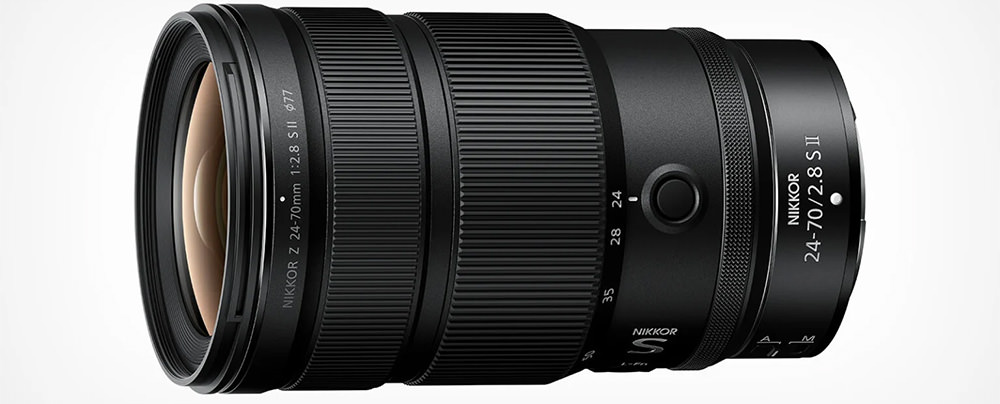Nikon Announces Second-Generation Z 24-70mm f/2.8 S Lens
Nikon has introduced the NIKKOR Z 24-70mm f/2.8 S II, a second-generation version of its standard zoom lens for the Z-mount system. This model indeed succeeds the original NIKKOR Z 24-70mm f/2.8 S, which was first released in 2019, and brings several structural and functional updates aimed at improving speed, handling and optical performance.
The new lens weighs approximately 675 grams and incorporates an internal zoom mechanism, a first in its category, which keeps the lens length unchanged during zooming. This design contributes to improved balance when using gimbals and enhances dust and moisture resistance. The lens measures 142 mm in length with a maximum diameter of 84 mm and accepts 77 mm front filters, a reduction from the 82 mm size of its predecessor. The supplied lens hood includes a small filter adjustment window for use with polarizing or variable ND filters.
The autofocus system employs Nikon’s newly developed Silky Swift VCM (SSVCM) motors, making this the first zoom lens in the Z series to incorporate the technology. The Japanese company states that autofocus speed is up to five times faster than the previous model, with tracking performance during zooming improved by around 60%. The lens also includes features intended for video use, such as reduced focus breathing and a customizable control ring with selectable click or clickless operation.
Optically, the NIKKOR Z 24-70mm f/2.8 S II is constructed with 14 elements in 10 groups, compared to 17 elements in 15 groups in the earlier version. It uses Nikon’s Meso Amorphous Coat and ARNEO Coat to minimize reflections, flare and ghosting. The diaphragm has been redesigned too, with 11 blades to produce a more circular aperture. Minimum focusing distance varies across the zoom range, from 0.24 meters at the wide end to 0.33 meters at the telephoto end, with a maximum reproduction ratio of 0.32x.
Unlike the original lens, the NIKKOR Z 24-70mm f/2.8 S II does not include an OLED information panel. The lens is scheduled to be available in mid-September with a suggested retail price of $2,799.95, an increase compared to the first-generation model.





